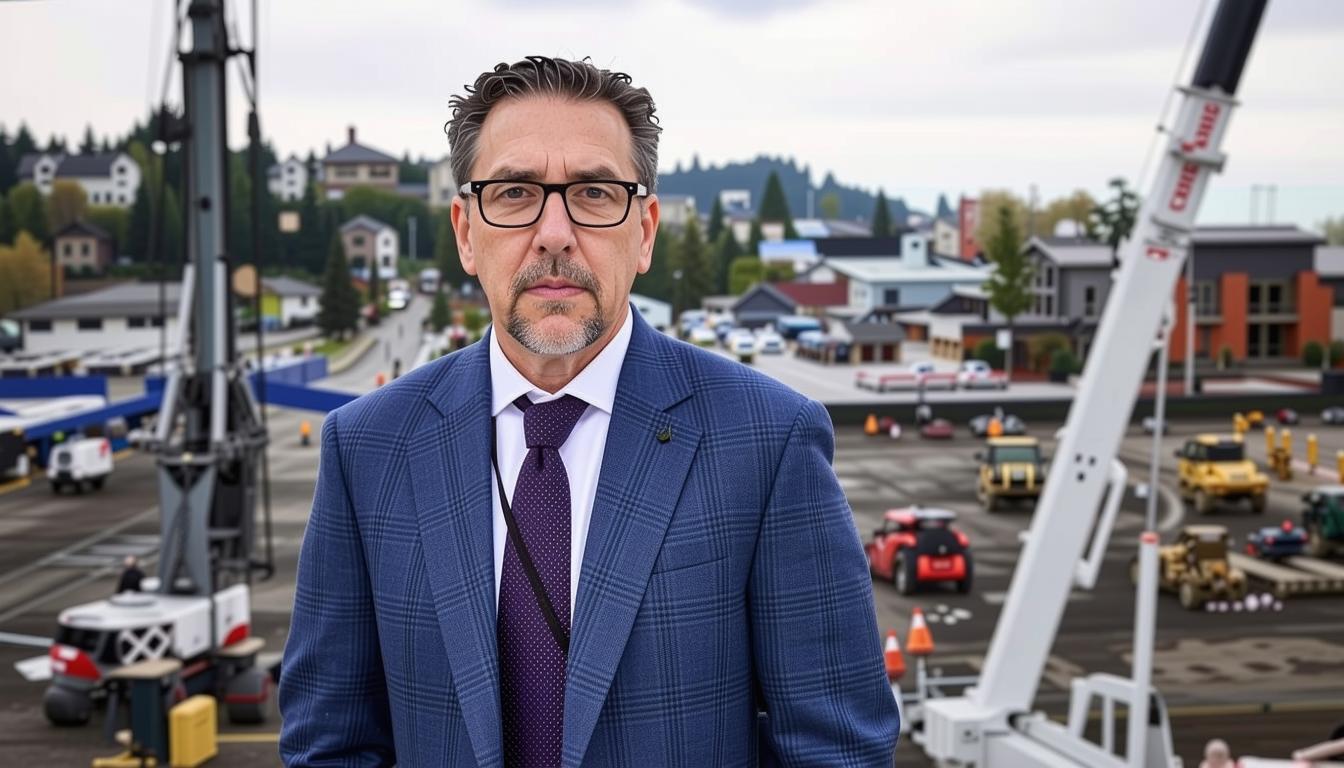Building Resilience: Columbia Memorial Hospital’s Quest for Safety

Jay Fram for NPR
Years ago, Erik Thorsen, the CEO of Columbia Memorial Hospital in Astoria, Oregon, faced a dire warning: a significant earthquake could devastate the hospital, endangering lives. This revelation spurred Thorsen into action, determined to reinforce the hospital against such natural disasters.
Facing the Cascadia Threat
The Cascadia subduction zone is a seismic hotspot stretching from California to British Columbia. Columbia Memorial Hospital is precariously positioned along this fault line, prompting state experts to alert Thorsen and other coastal hospital leaders about the looming earthquake risks.
Motivated by these warnings, Thorsen, a local who returned to his roots after college, embarked on a mission to secure funding and develop plans to make the hospital earthquake-resistant and capable of providing refuge during a tsunami.
Funding Challenges and Federal Setbacks
The ambitious $300 million project relied heavily on a $14 million grant from FEMA’s Building Resilient Infrastructure and Communities (BRIC) program. However, the grant was canceled by the Trump administration, jeopardizing over $3 billion in national hazard mitigation funds, according to a report from the Urban Institute.
Despite this setback, construction in Astoria continued. “We explored removing certain elements,” says Mark Kujala, a Clatsop County commissioner involved in fundraising. “But it was too integrated to change.”
Reimagining Hospital Safety
Originally built in 1977, Columbia Memorial Hospital’s location is less than ideal, sitting on unstable ground near the waterfront. Modeling predicts that a tsunami could flood the ground floor after an earthquake. The new design aims to elevate the hospital from one story to four, with a helipad on the fifth level, creating a vertical evacuation zone.
“If an earthquake occurs, the ground could liquefy, risking collapse,” Thorsen explains. “If we remain standing, we might have 20 to 30 minutes to evacuate uphill.”
Engineering a Safer Future
To counteract potential disasters, engineers plan to anchor the hospital to bedrock 65 feet deep. “The building will stand 97 feet tall with the helipad on top,” Thorsen describes. A massive drill is already at work, securing the foundation.
While the Pacific Northwest is beginning to adopt such safety measures, funding remains a challenge. “Federal support is crucial,” says Chris Goldfinger, a paleoseismologist at Oregon State University. “States can’t tackle this alone.”
Community and Political Reactions
Despite the BRIC program’s cancellation, Thorsen and his team remain hopeful. “We’ve been promised some funds, but nothing has materialized,” he notes. Democratic Congresswoman Suzanne Bonamici, representing the area, has been actively advocating for the hospital’s funding.
“It’s incredibly frustrating,” Bonamici says. “I’ve made countless calls to FEMA.” The hospital’s construction continues, with leadership exploring alternative funding sources.
A Local Perspective on Federal Cuts
Former Astoria Mayor Willis Van Dusen, a Republican, initially supported Trump’s campaign against “waste, fraud, and abuse.” However, he now questions the cuts affecting his community. “What’s more important than a hospital in a rural area?” he asks.
Van Dusen, who credits Columbia Memorial with saving his life during a heart attack, emphasizes the hospital’s critical role. “This isn’t waste; it’s essential,” he asserts. “Every Republican I’ve spoken to is outraged.”
Thorsen remains committed to the hospital’s mission, determined to protect the community he calls home. “We have a duty to ensure safety,” he says, even as the path forward remains uncertain without federal aid.
